The bright sunlight shines down on the vast market in Ahmedabad city, Gujarat state, India, where Kamlaben Ashokbhai Patni sells jewelry.
As temperatures rise, she worries about the alloy and plastic jewelry she sells. “The color of the plastic pearls starts fading as the weather gets hotter, making them worthless and like trash,” the 56-year-old mother of four told Reuters on a day in late April when temperatures in Ahmedabad, India, were hovering around 38 degrees Celsius.
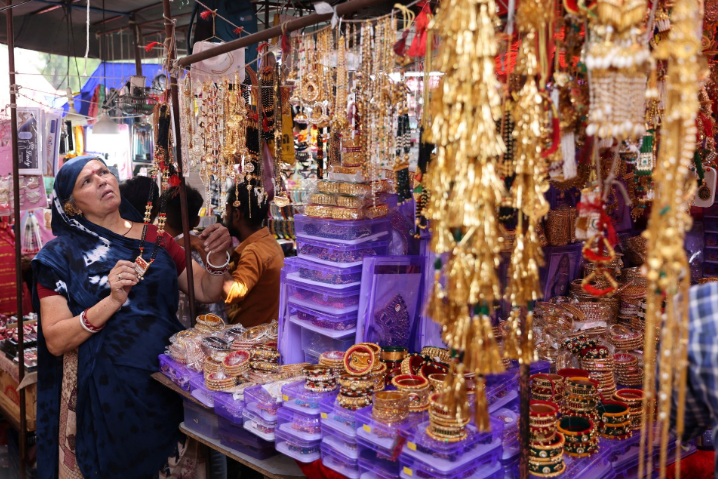 |
| Kamlaben Ashokbhai Patni at her jewelry stall. Photo: Reuters |
Climate change pushed temperatures in Ahmedabad to a record high of 48 degrees Celsius in 2016. Last year, the highest temperature was 46 degrees Celsius. Such high temperatures would have affected many businesses in Ahmedabad. But Patni has little to worry about now that she is among 21,000 self-employed women in Gujarat state who have signed up for one of the world’s first heat insurance schemes.
The program, run by the Arsht-Rock Center for Resilience, a US-based nonprofit, in collaboration with microinsurance startup Blue Marble and the Gujarat Self-Employed Women’s Association, will provide Patni with a small payment if temperatures rise above average for three consecutive days to help her cope with the heat and compensate for lost income.
The payout is made when satellite data shows that the temperature in Ahmedabad for three consecutive days totals between 134-138 degrees Celsius. The policy can allow multiple payouts with a maximum total amount not exceeding $85.
While traditional insurance can take months to pay out, with so-called parametric insurance, the policyholder does not need to prove loss and can pay out within days of the temperature reaching the threshold that triggers the claim.
These insurance payments help poor workers buy things like gloves to protect their hands from scorching hot metal tools, buy fans to keep cool and avoid heat exhaustion, buy medicine to relieve heat-related headaches, or buy food for their families. This form of insurance to help people cope with natural disasters is now being rapidly deployed in developing countries, where communities are vulnerable to increasingly severe weather events such as droughts, storms, and heat waves.
DUONG VU
Source


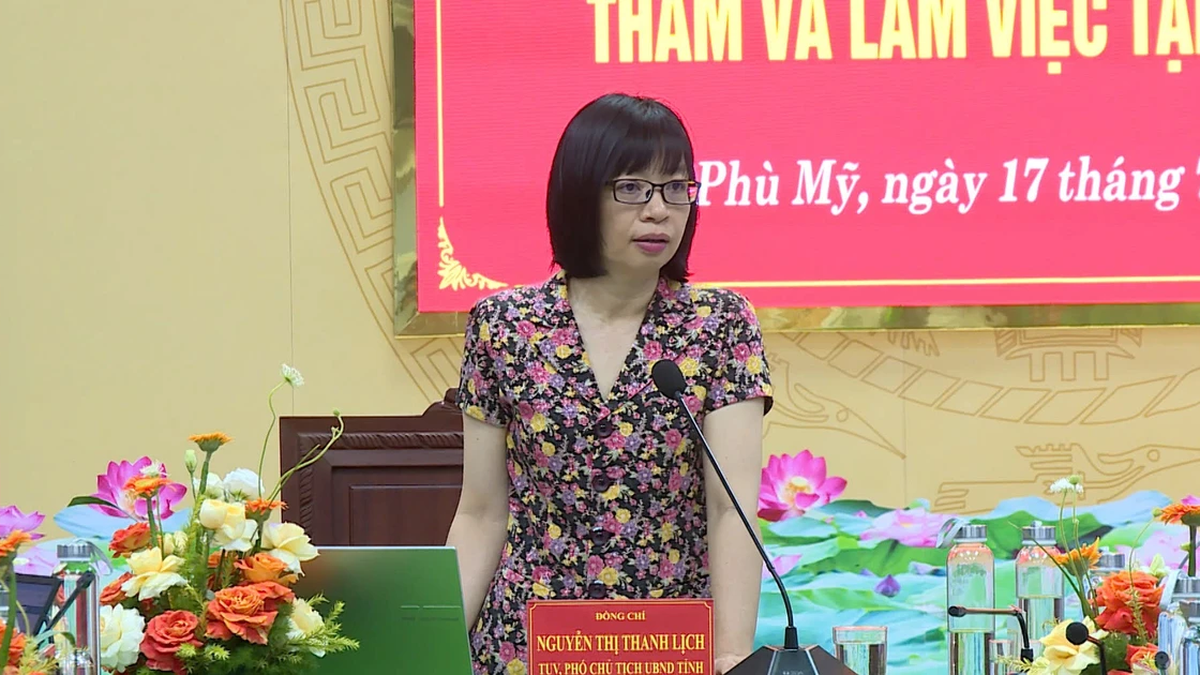

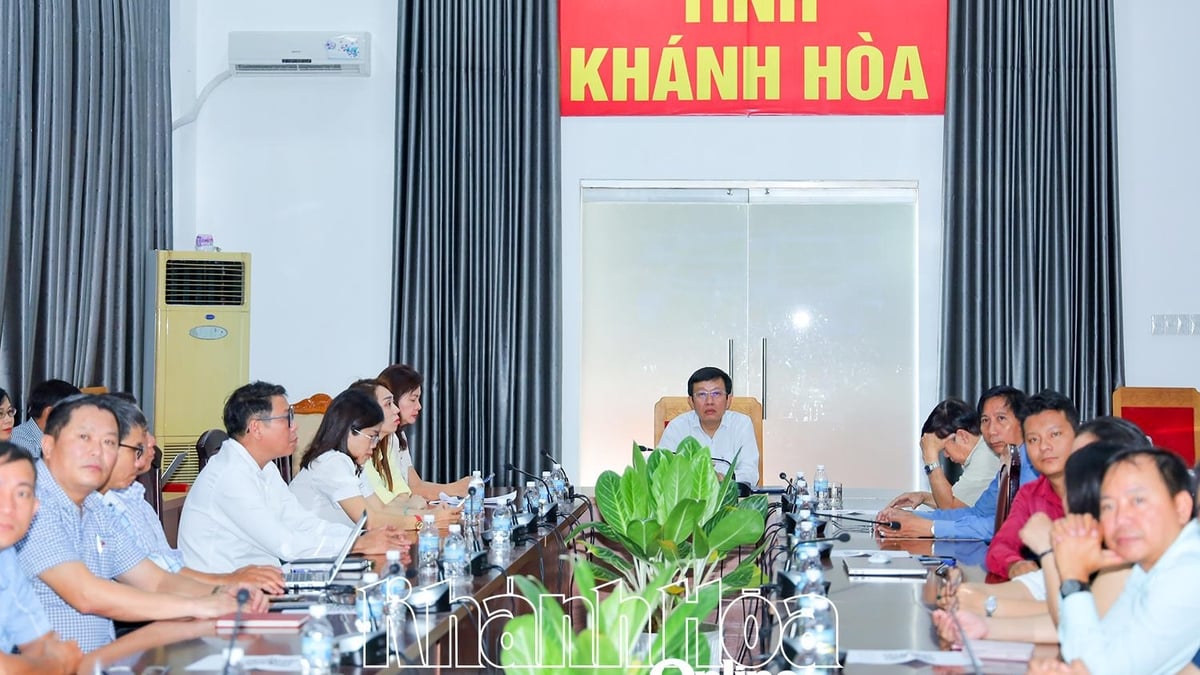
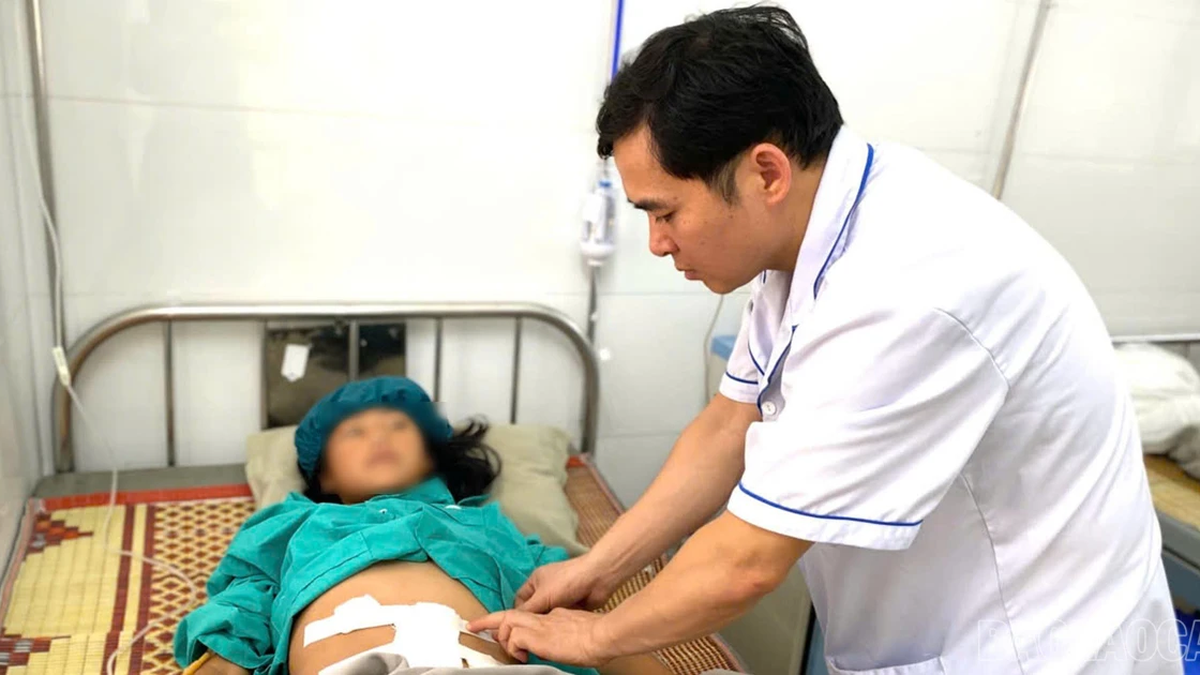
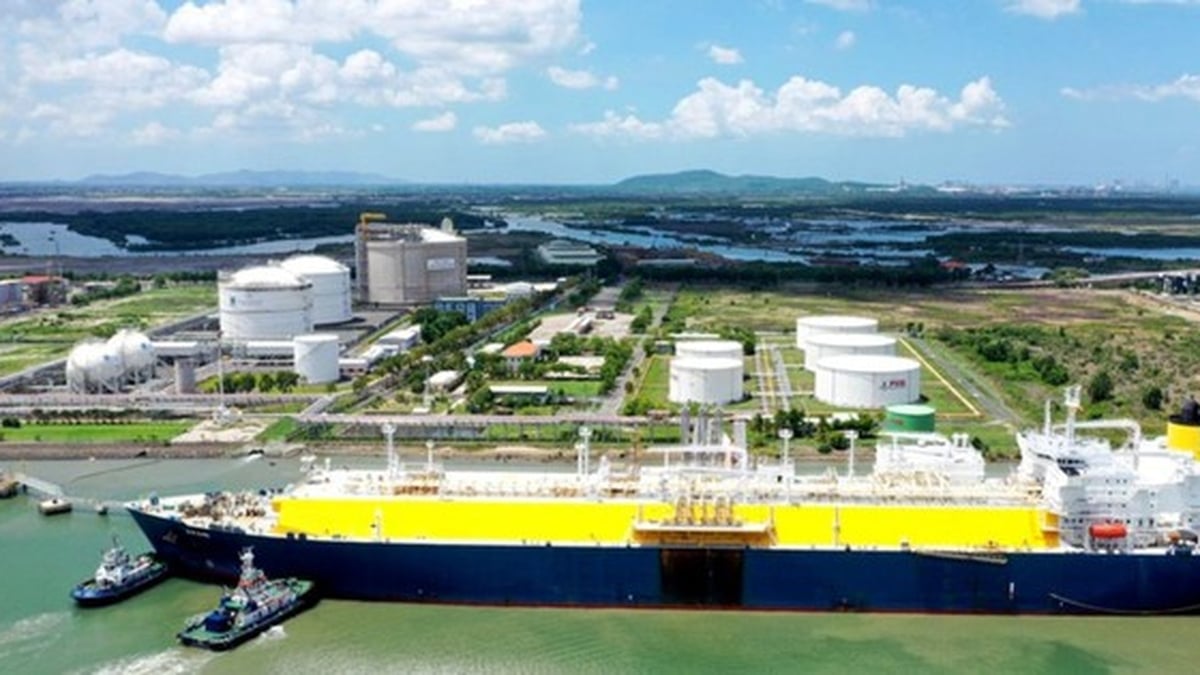

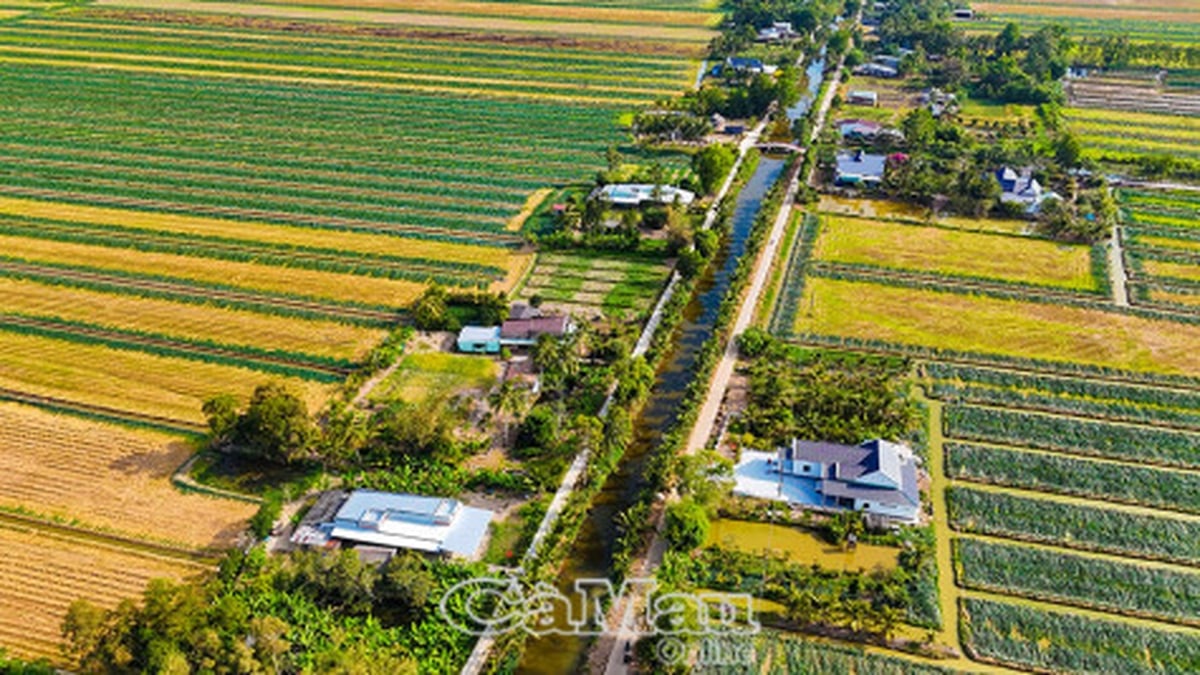
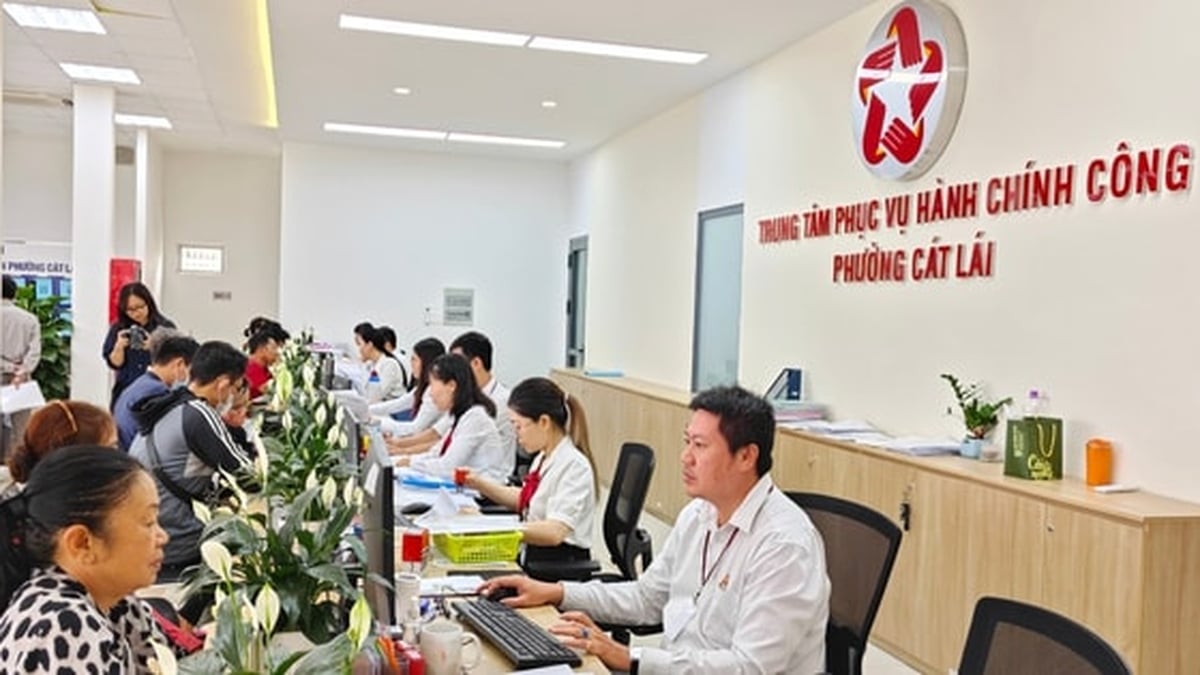
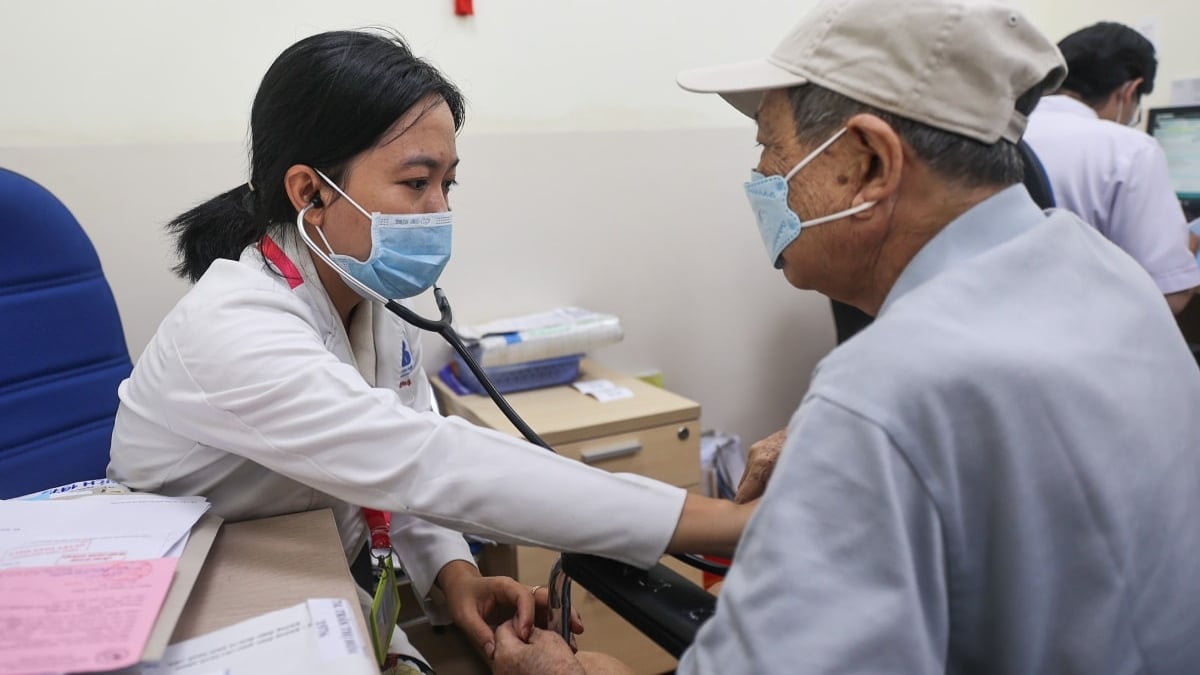
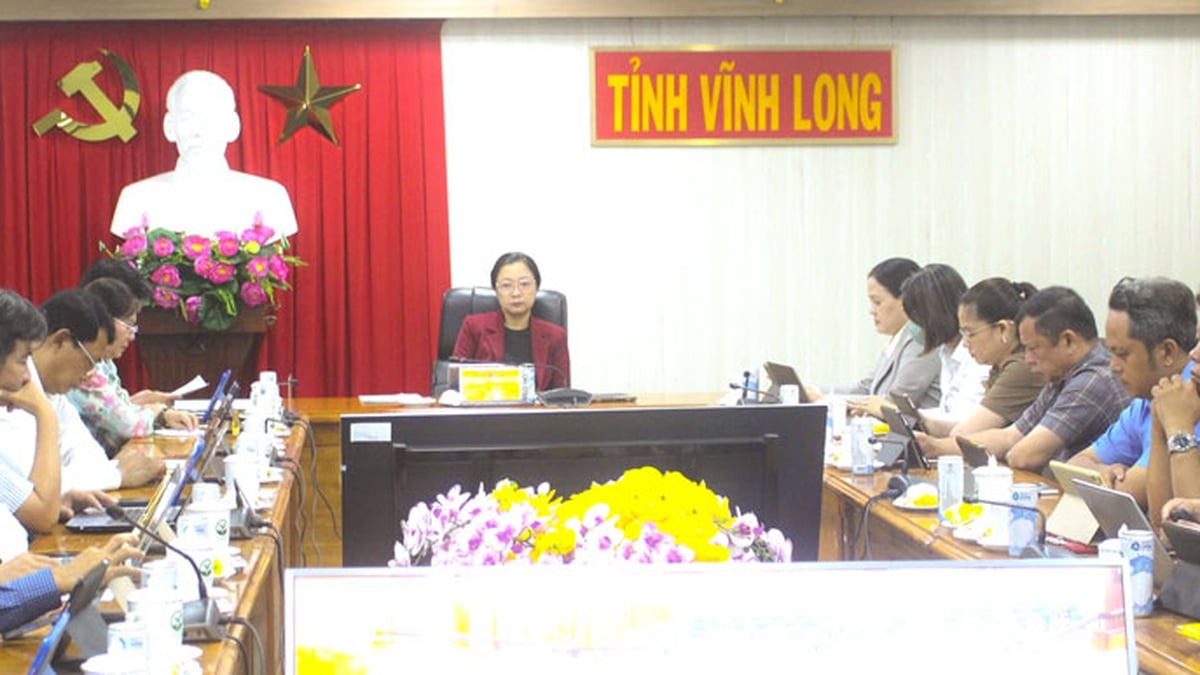











































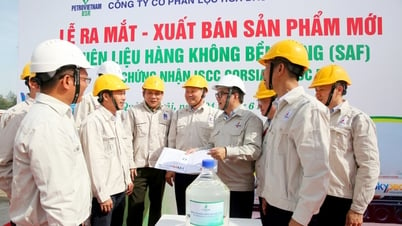





![[Maritime News] More than 80% of global container shipping capacity is in the hands of MSC and major shipping alliances](https://vphoto.vietnam.vn/thumb/402x226/vietnam/resource/IMAGE/2025/7/16/6b4d586c984b4cbf8c5680352b9eaeb0)






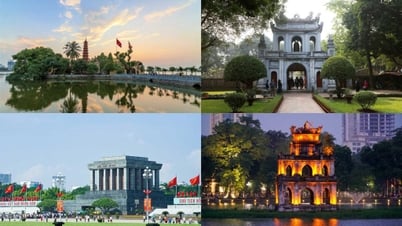



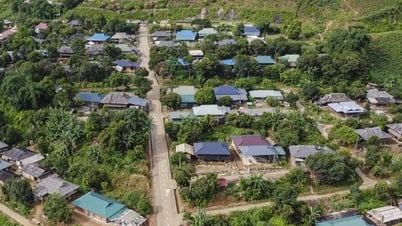
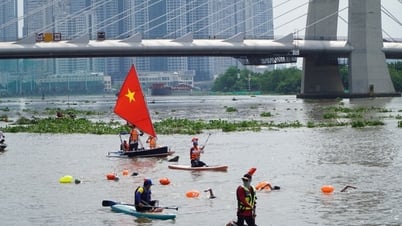

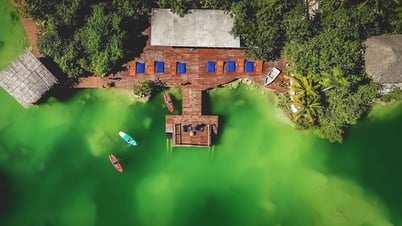
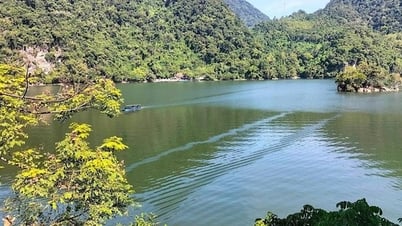






















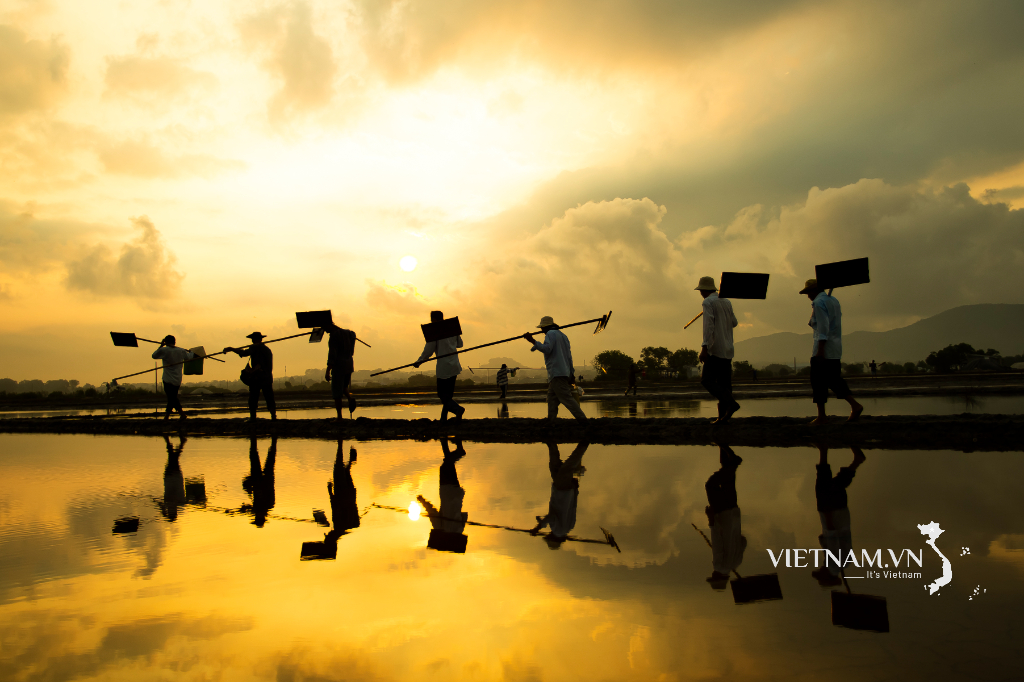
Comment (0)